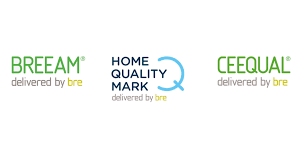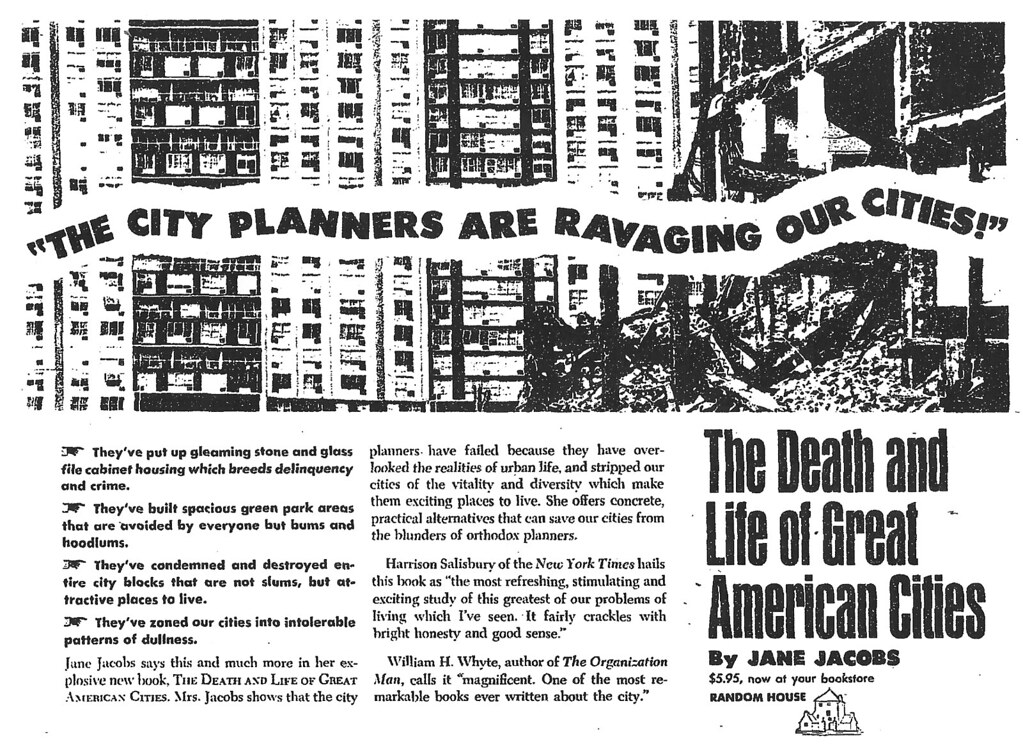Baxi and Richard have officially been appointed Experts for the Design Council, a British Government advisory body. Their designing out crime skills will contribute to Design Council’s thought leadership role and influence the approach to the design of products, services, and environments in the UK. Participation in the work of the Design Council also allow them to exchange knowledge with other Experts within the network in a community of practice.

Design Council is a Royal Charter charity that works in the public interest. It was established by Winston Churchill’s wartime government in December 1944 to support Britain’s economic recovery. It works with several government agencies and organisations such as Local Government Association, Highways Agency, or Building Research Establishment (BRE) providing expertise in support of the development of policies, guidelines, and procedures.
Over the next four years the Design Council will use its wealth of research, evidence, experience, and expertise to help tackle challenges around three key areas: health and wellbeing, sustainable living, and design skills. CPTED-UK’s mission is closely aligned to those priorities.
Improving health and wellbeing
The population of Europe is getting older. It increases the demand for health and social care to help people manage complex multiple conditions, disability, dementia, and loneliness.
Health inequalities in the UK are being driven by diminishing levels of national wellbeing. Poor wellbeing tends to affect peoples’ habits and lifestyle. The levels of obesity continue to grow for both the adults, and children.
An on-going housing crisis is exacerbating badly designed homes and driving the rise in homelessness.
The UK has the highest levels of interregional inequality than any other large wealthy country. The income disparity is a challenge worldwide, and one of the key factors that increase the risk of crime.
Design has a vital role to play in addressing these challenges. It enables us to consider the wider set of issues that determine our health – the social, cultural, political, economic, commercial and environment factors.
Freedom from crime and the fear of crime has a major impact on quality of life, and therefore affects the wellbeing of building occupants. Health and wellbeing are an integral area of sustainability in the built environment. BREEAM, the worlds’ most advanced environmental assessment methodology, increasingly recognises health and wellbeing across its schemes.

CPTED-UK assists the real estate stakeholders with defining the security needs of their assets and helps them achieve the BRE security compliance. The feelings of safety and security are essential to sustainable communities.
Enabling sustainable living
The 17 United Nations Sustainable Development Goals (SDGs) are the overarching principle for many of the environmental, social and governance policies globally. The SDG 13 Climate Action is the primary focus for the Design Council for encouraging and supporting sustainable living.

‘Climate emergency’ was chosen as the Oxford Dictionary’s word of the year in 2019 after it has been used 100 times more compared to the previous year.
CPTED-UK focuses its effort on redesigning the cities to influence the behavioural change and reduce the carbon footprint. Sustainable development is one that meets the needs of the present without compromising the ability of future generations to meet their own needs.
Design Council strategy embraces sustainability in all its complexity to ensure it is embedded meaningfully into what they do. Design must consider the social value when approaching the environment, services and products as the climate emergency will only exacerbate the existing issues of inequality.
In CPTED-UK we recognise that the traditional approaches to security can often result in inequitable and exclusionary outcomes. We encourage policies and procedures that protect buildings users and at the same time contribute to the dignity, safety, and security of the wider community.
CPTED as a discipline of security traditionally focused on the physical features of the environmental design such as access control, natural surveillance, or territorial reinforcement. The recently published ISO 22341: 2021 standard for Crime Prevention through Environmental Design recognises the value of our approach. The social strategies, defined by the ISO as CPTED 2nd generation, and the more traditional CPTED strategies are interdependent and complement each other.
The ISO Technical Committee ISO/TC 292, who developed the standard, represented 50 contributing countries, and 19 countries acting as observers. For the first time CPTED has been officially defined on a global scale.

Both the physical and social strategies of CPTED contribute to the development of sustainable communities where crime, disorder and the fear of crime do not undermine the quality of life.
Design skills
Design is often associated with the aesthetics. The role and value of the design are much more than that. Design Council defines design as a mindset and a skillset where critical thinking combines with creativity.
Making life better by design starts with research to ensure the entire process is evidence driven. Design Council gathers, commissions, and publishes pioneering, evidence-based research on the value of design. CPTED-UK always actively look for case studies to learn from, especially when there is potential for transfer of innovation.
Urban design and architecture rely on diverse groups of stakeholders from various disciplines. The collective perspective is essential for problem-solving in any context. It ensures the most appropriate, sustainable, and fit-for-purpose solutions to serve the people and the planet.
Community engagement and inclusivity are at the heart of CPTED from its inception in the early 60s. One of the founders and pioneers of CPTED, Jane Jacobs said: “Cities have the capability of providing something for everybody, only because, and only when, they are created by everybody.” The Death and Life of Great American Cities by Jane Jacobs, first published in 1961, is still one of the most influential books in the history of American city planning.

The challenges that the design needs to respond to have changed dramatically since the 60s. The 15-minute city is one of the most prominent trends in urban design today. It responds to the climate crisis and the subsequent global focus of the green agenda. Mixed developments, where people can access all their daily essentials within 15 minutes on foot or by bike, are to reduce the carbon footprint generated by transport.
Trends in contemporary design are also influenced by opportunity. Modern technologies, especially in the field of data processing and communication, inspired the urban concept of smart cities. CPTED-UK participate in research programs testing the world’s most innovative technologies to protect people in high-risk public areas.
As specialists in the field and keen advocates of CPTED Baxi and Richard will contribute to the development of a security culture within the Design Council. Their network of strategic partnerships will help to facilitate the exchange of knowledge, experience and good practice between the Design Council and likeminded organizations overseas.
